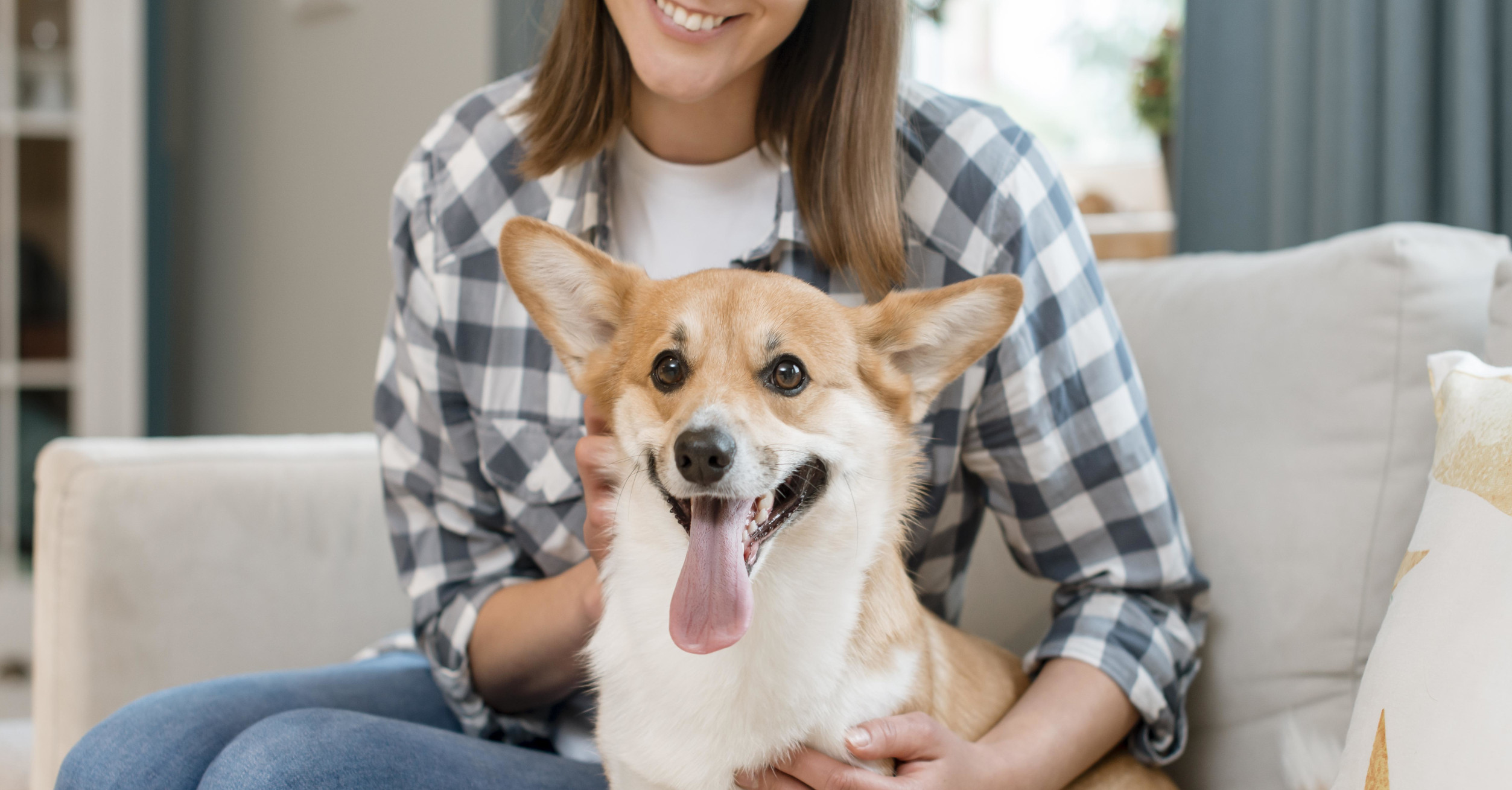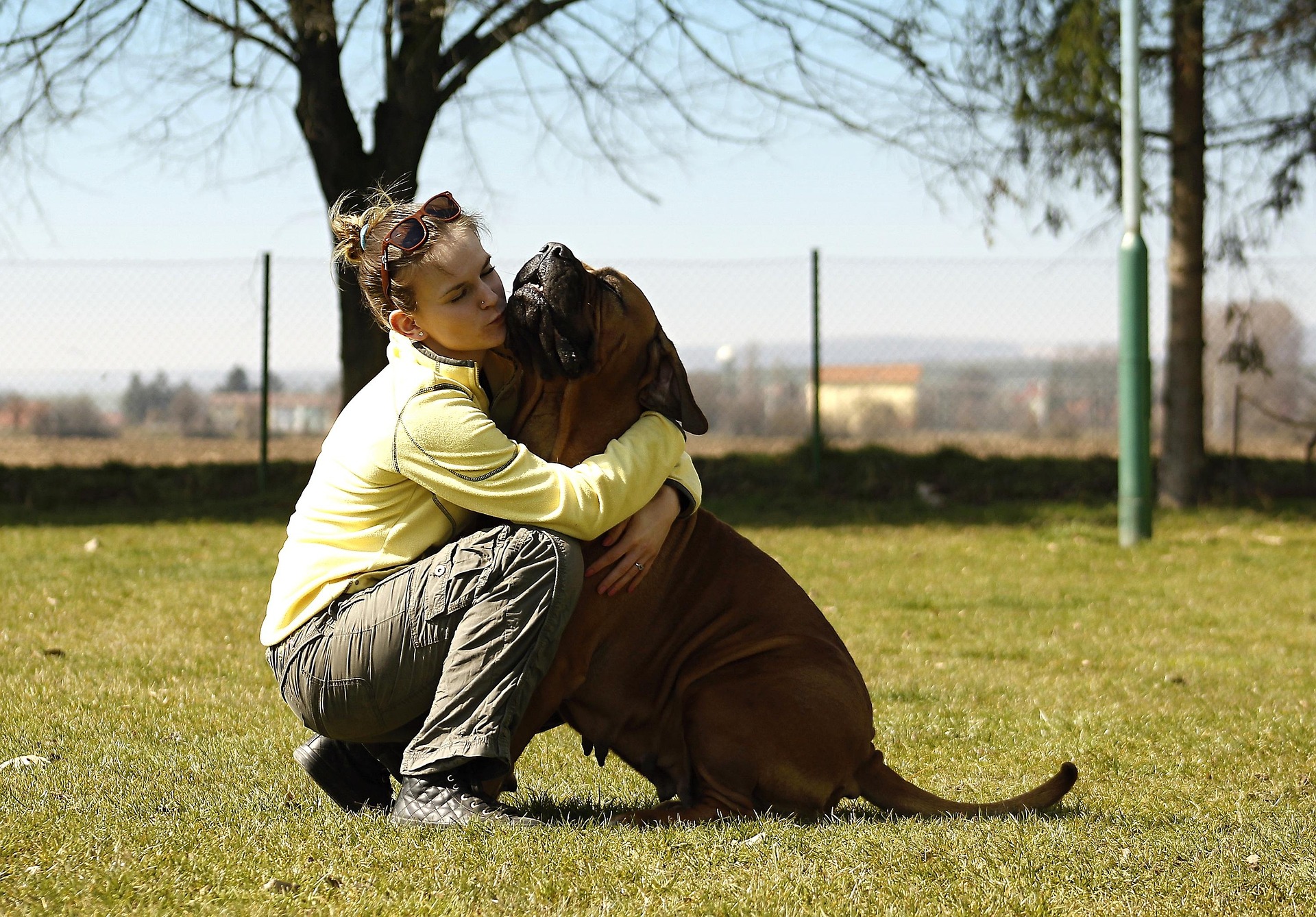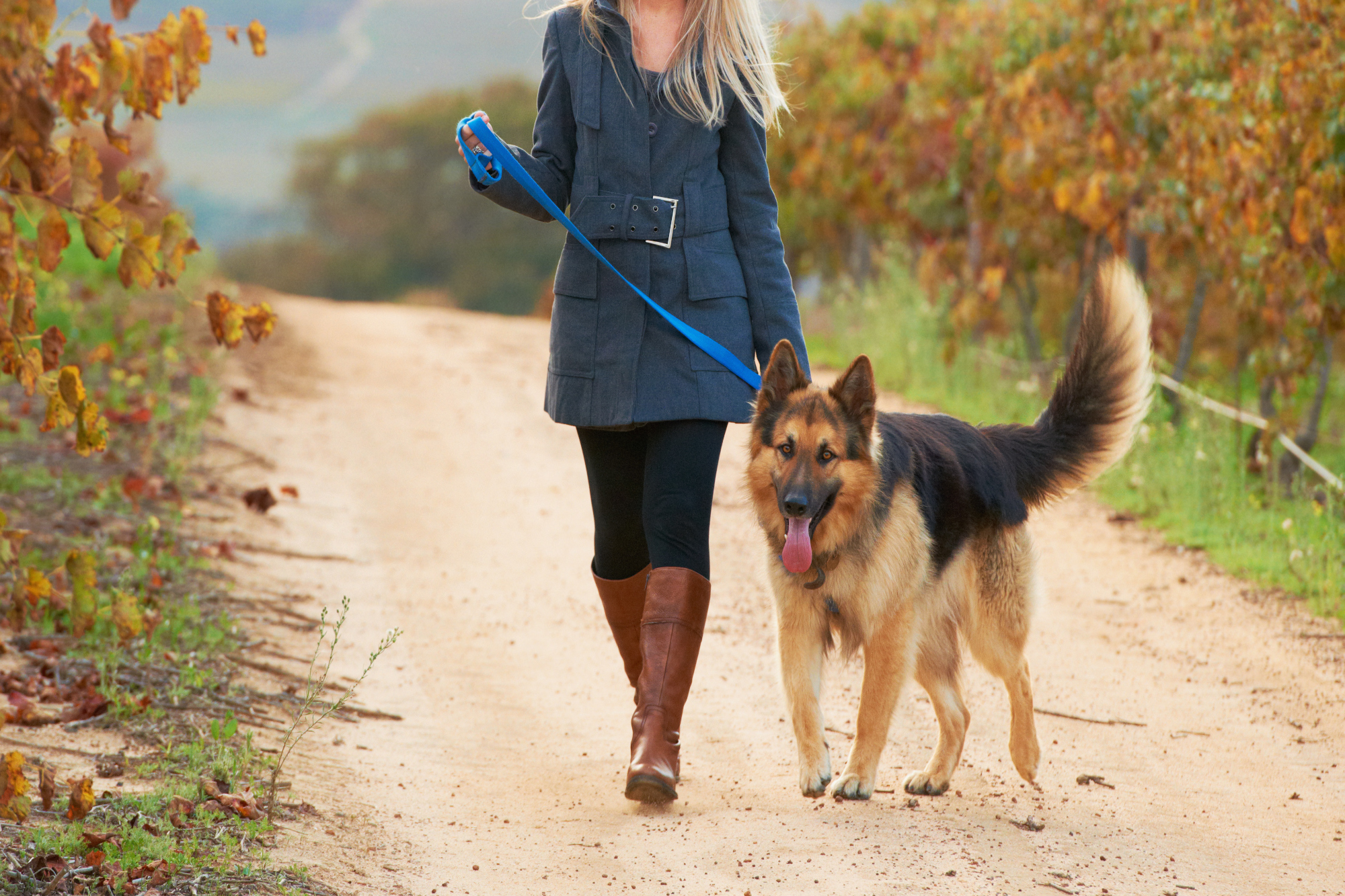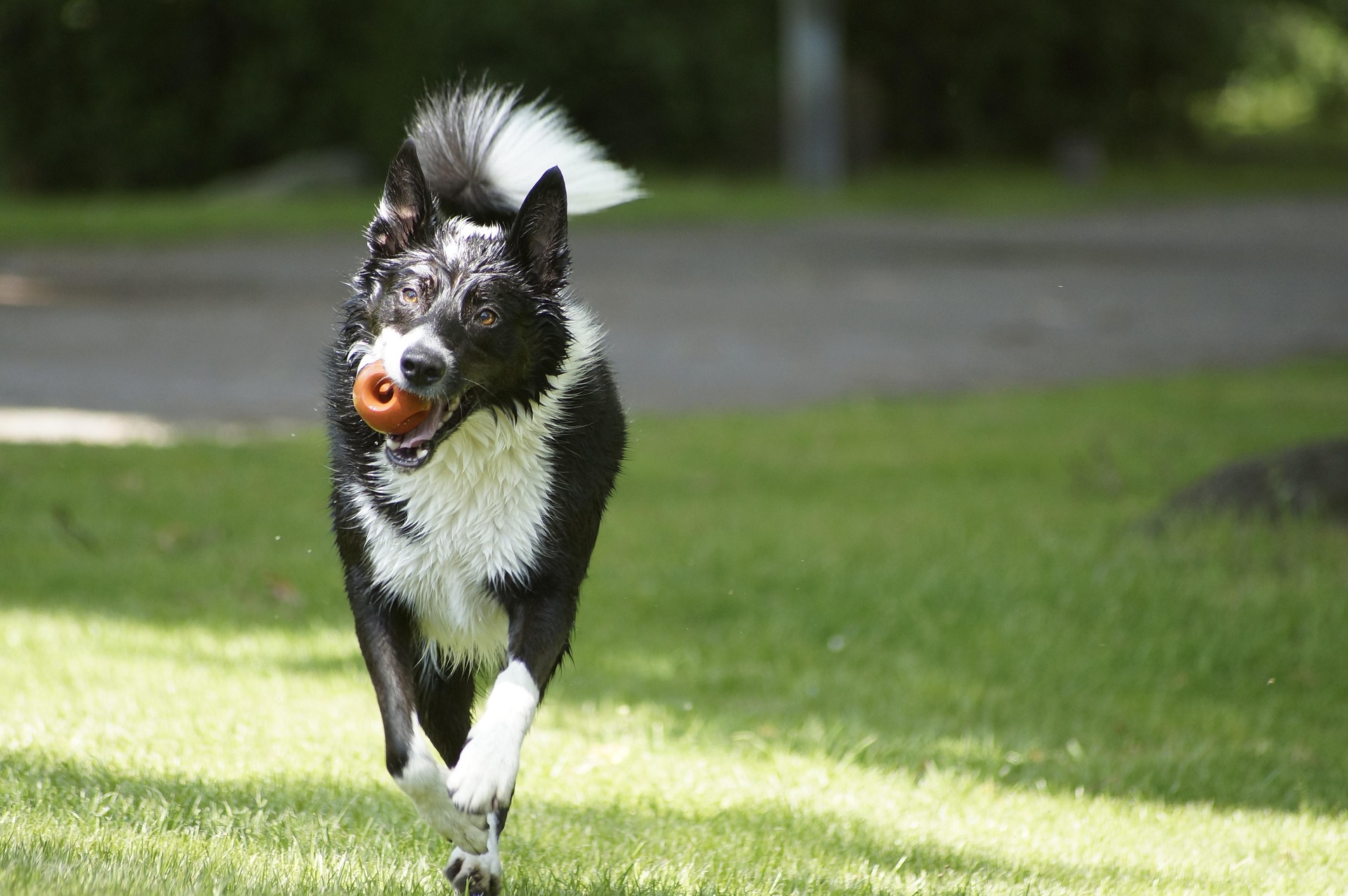Getting a new pet is always such an exciting time! Dogs in particular bring so much energy and character into the home, and there’s nothing like that feeling of knowing you have a loyal companion. That’s why it’s so essential that you take a few simple steps to make sure you’re prepared to look after your new pup.
Everybody loves dogs, but it’s very important that you don’t jump in unprepared. You should be completely aware of a dog’s day-to-day basic needs. You should have the things you need to look after them. And most of all, you should understand what you’re signing yourself up for by bringing a new dog into your home.
Below, we explain the most important things to ensure you’re caring for your new dog’s basic needs.
1: Food
Dogs love to eat! It’s essential when adopting a new dog into your home that you have the food situation sorted out in advance. When it comes to choosing a type of food, you should be looking for something highly nutritious food that meets AAFCO standards. Foods that are AAFCO approved are guaranteed to be nutritionally complete and balanced for your pet. Your veterinarian can give recommendations for a food type that will work well for your dog.
In addition to the type of food, consider how often you’ll be feeding your dog. You want to make sure they get enough to eat (especially when they’re growing) without overdoing it and getting your dog used to overeating. It might take some time and experimentation to find a feeding schedule that works for you and your dog.
2: Water
It’s essential that your dog has continuous access to clean, fresh water. Dogs can overheat and become dehydrated, especially in the summertime, and water is the key to help keep them healthy. We recommend keeping the water dish near the food dish and changing it out at least twice per day. Keep an eye on your dog’s water intake (especially on hot days) to make sure they never run out.
3: Sleeping Spot(s)
Your new pup will need a safe, warm, cozy spot to spend their nights. Once they get used to it, a dog’s bed becomes a great source of comfort and a safe space when they’re feeling nervous. Decide early on where you want your dog to sleep—it’s best to choose a space where they already spend lots of time. It should be relatively close to the rest of the ‘pack’ (you, your family, and other animals), but it should also still offer some privacy.
4: A Fun Environment
Dogs need lots of mental stimulation and engagement in order to stay as healthy and happy as possible. Dogs are smart, complex creatures, and they can get bored and even depressed just like humans can. Avoid this by making sure your home is set up to keep your dog occupied.
Are there kids in the house that will spend lots of time playing with the dog? Are there other pets at home that will spend time with the new pup? Do you have a good supply of rotating toys to help keep things fresh? Considerations like these can go a long way to make your dog feel happy at home.
5: Exercise
Of course, dogs need lots of exercise. Though every dog has different needs and limits when it comes to walks, you should be trying to walk your dog as much as possible. This helps keep them at a healthy weight, gives them a chance to burn off excess energy, and can help prevent countless other health issues down the line.
We recommend taking your dog on at least two walks of 15-30 minutes per day, though three or four walks is even better! Mix up the routine as well to engage your dog—take a hike some days, or go to a different dog park than usual. This will help your dog stay active and healthy.
6: A Supply List
Getting a new dog comes with lots of benefits, but also lots of responsibility. One of the main things you’ll need to sort out before welcoming your new dog home is by gathering all the supplies you need to take care of them. This includes, but isn’t limited to:
- Food and water bowls
- Collar/harness (with ID tag) and leash
- Toys
- Dog towels
- Dog toothbrush and toothpaste
- Doggy bags
- A crate
- Dog blankets
- Treats
- Food
If you’re uncertain about what kinds of supplies you might need, a veterinarian would be happy to provide their recommendations for products.
7: Grooming
Grooming is an essential part of looking after dogs. Most dogs require fairly consistent at-home grooming, as well as occasional visits to a professional groomer and/or your vet to stay their healthiest. The main grooming responsibilities include bathing, brushing, dental care, nail trimming, and ear and eye cleaning, all while being on the lookout for any skin or other issues along the way.
8: Vet Care
Last but not least, having a relationship with a great veterinarian is a key part of looking after your new pup. Not only will your veterinarian help your new dog get set up with vaccinations and spaying or neutering, but also they’ll be there along every step of your dog’s journey.
Your vet can keep tabs on their health over the years and ensure they stay as safe and healthy as possible. If you can, it’s best to work with the same veterinarian, as they’ll eventually form a relationship with your dog and help them feel more comfortable during their visits.
Creative Commons Attribution: Permission is granted to repost this article in its entirety with credit to Hastings Veterinary Hospital and a clickable link back to this page.






